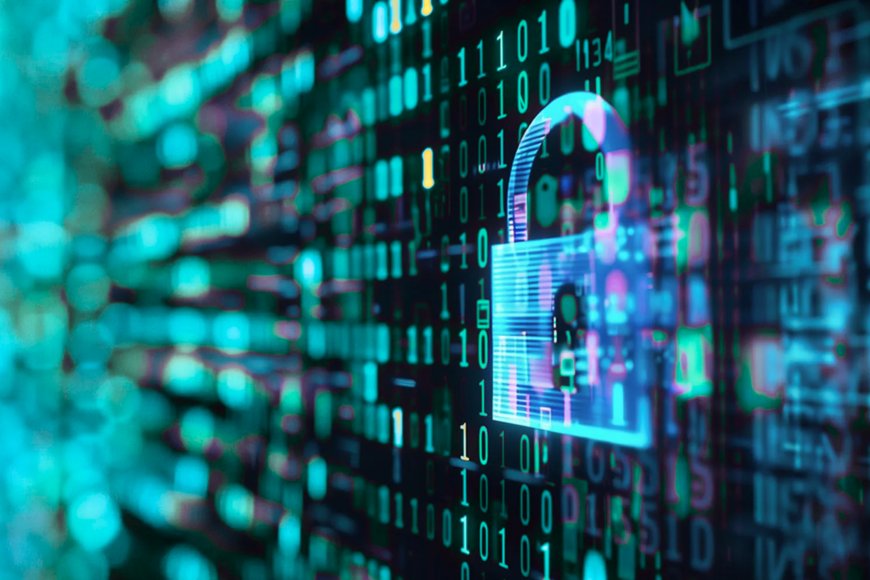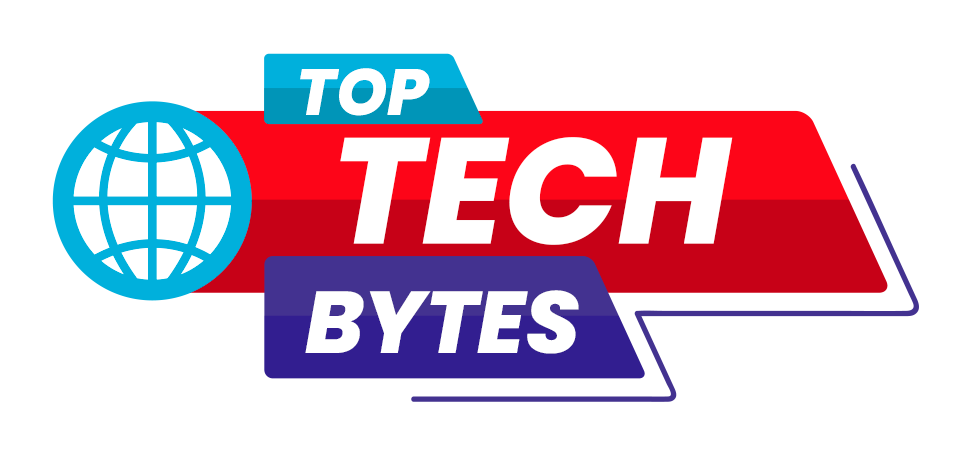Ransomware-as-a-Service Expands as 'Shinysp1d3r' Targets Virtual Servers and Forces Businesses Into Costly Downtime and Data Loss
The new shinysp1d3r ransomware targets VMware ESXi virtual servers, threatening major downtime and financial loss. Strong security measures, strict access controls, secure backups, and continuous monitoring are vital to protect businesses.

In mid-2025, a new ransomware known as shinysp1d3r emerged, causing concern among companies that use virtual servers.Unlike many previous attacks, which targeted individual PCs, this threat is designed to target enterprise virtual environments, such as VMware ESXi hosts. Simply said, an ESXi host is a physical server that runs VMware software to generate and manage several virtual machines (VMs) simultaneously. Instead of one computer performing a single task, an ESXi host allows a single server to power dozens of virtual machines, making it an essential backbone for modern organizations.
Early reports indicate that attackers utilize stolen usernames, passwords, or access keys to get access. Once inside, the ransomware spreads throughout virtual servers and encrypts the files that virtual machines use to function. It also disables backup and recovery capabilities, making it difficult for IT teams to restore systems.The ransomware is provided as a service, so attackers may employ it, select which data to target, monitor the process live, and even speak with victims to demand payment.This is important because locking virtual disks can cause dozens, or even hundreds, of systems to shut down simultaneously.This might result in extended downtime, financial loss, and damage to customer trust. Because the ransomware is simple for attackers to exploit, many more organizations may be targeted rapidly.
To avoid such threats, organizations must take a few practical precautions. First, they should examine access controls and require robust multi-factor authentication (MFA) for all administrative logins. Keys and credentials must be cycled on a regular basis, with access limited to important users and unused accounts removed. Companies should additionally secure management interfaces by limiting remote admin access to trustworthy networks or VPNs. A strong backup system is essential, and frequent, tested backups that attackers cannot access should be maintained. At the same time, organizations must actively check for suspicious activity, such as unusual logins, large-scale file changes, or stopped backup functions.Keeping hypervisor software and management tools patched and updated helps to prevent known vulnerabilities. Finally, every business should have a clear incident response plan that outlines how to swiftly restore systems and which teams or external specialists to contact in the event of an attack.
This new ransomware emphasizes the importance for enterprises to secure not only individual devices but also their virtual infrastructure.Basic safeguards like strict access limits, secure backups, and ongoing monitoring can considerably reduce the possibility of costly recovery operations or ransom payments. Organizations must maintain attentive and view virtual servers as key assets in their overall security strategy.
Information referenced in this article is from Cyber Security News







